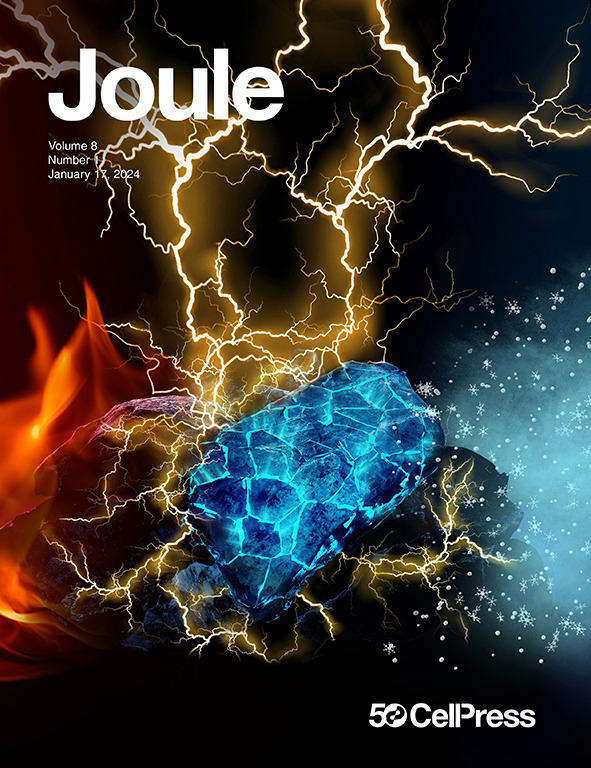蒸汽冷凝传热的增强与实用
IF 38.6
1区 材料科学
Q1 CHEMISTRY, PHYSICAL
引用次数: 0
摘要
与单相过程相比,冷凝使传热效率更高,使其在工业中普遍存在。水滴状冷凝的发现,加上全球能源需求的不断增长,在20世纪激发了一场持续了几十年的学术热潮,研究人员开发了复杂的表面改性技术来增强冷凝传热。然而,不凝气体(NCG)渗透、精确的温度测量、可制造性和耐用性等实际复杂性阻碍了这些技术的工业应用。从这个角度来看,我们总结了缺乏标准的实验程序是如何导致研究人员发表数据而没有意识到NCGs存在于他们的系统中的。我们讨论了新兴的表征技术,如红外测温和机器学习,如何克服传统方法的局限性,同时提高数据的可靠性和可重复性。我们还为传热界推荐了研究主题,以便在快速电气化和脱碳的世界中朝着高效热系统的方向发展。本文章由计算机程序翻译,如有差异,请以英文原文为准。


Enhancement versus practicality in steam condensation heat transfer
Condensation enables heat transfer with superior efficiency compared with single-phase processes, making it prevalent in industry. The discovery of dropwise condensation coupled with rising global energy demands stimulated an academic fervor in the 20th century that has lasted several decades, with researchers developing complex surface modification technologies to enhance condensation heat transfer. However, practical complexities such as non-condensable gas (NCG) infiltration, accurate temperature measurements, manufacturability, and durability preclude these technologies’ industrial adoption. In this perspective, we summarize how the lack of a standard experimental procedure has led to researchers publishing data without realizing that NCGs are present in their systems. We discuss how emerging characterization techniques, such as infrared thermometry and machine learning, can overcome the limitations of traditional methods while improving data reliability and reproducibility. We also recommend topics of investigation for the heat transfer community to progress toward highly efficient thermal systems in a rapidly electrifying and decarbonizing world.
求助全文
通过发布文献求助,成功后即可免费获取论文全文。
去求助
来源期刊

Joule
Energy-General Energy
CiteScore
53.10
自引率
2.00%
发文量
198
期刊介绍:
Joule is a sister journal to Cell that focuses on research, analysis, and ideas related to sustainable energy. It aims to address the global challenge of the need for more sustainable energy solutions. Joule is a forward-looking journal that bridges disciplines and scales of energy research. It connects researchers and analysts working on scientific, technical, economic, policy, and social challenges related to sustainable energy. The journal covers a wide range of energy research, from fundamental laboratory studies on energy conversion and storage to global-level analysis. Joule aims to highlight and amplify the implications, challenges, and opportunities of novel energy research for different groups in the field.
 求助内容:
求助内容: 应助结果提醒方式:
应助结果提醒方式:


